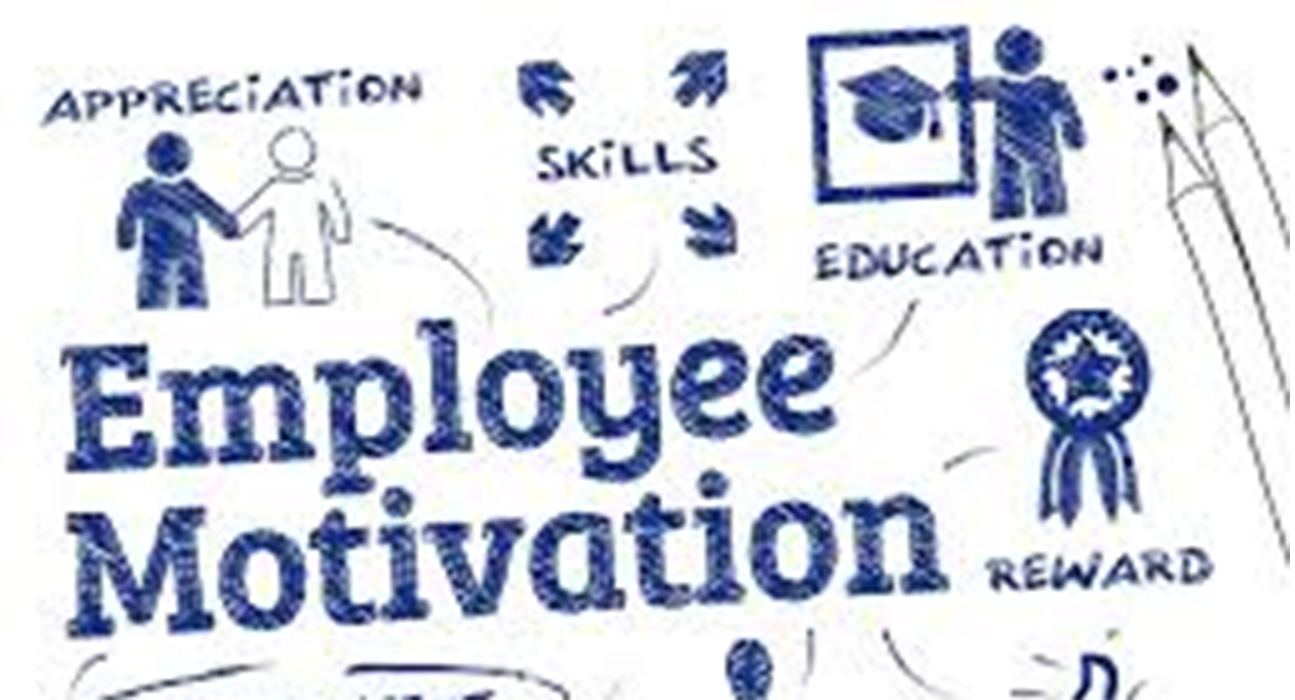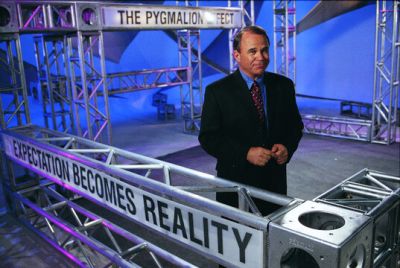How Recognition Fuels Motivation

I grew up in a fairly traditional Asian-American household where “good behavior” was a given. Unlike my friends who received squeals of parental pride and new Nintendo DS games when they brought home a decent report card, the reaction I got to getting high grades was a look from my mom that I eventually learned to read as, “Good. Do it again.”
Surprisingly, it wasn’t the lack of NintenDogs or a Limited Too shopping spree that brought me down—it was the absence of the squeal of pride. The “great work, kiddo” “you worked so hard!” or “you deserve it” phrases that had been absent in my parent’s rhetoric. The sheer notion that someone I deeply respected could recognize the work I was putting into something I cared about, and then acknowledge it, sounded like the best feeling in the world.
My parents learned eventually. Sometime around junior year of high school they realized that words of affirmation and positive reinforcement were actually highly effective motivational tactics. Even today, as a working adult, I find that some of my best work is motivated by tiny nuggets of recognition along the way. In fact, the best managers I’ve had always made it a point to recognize the work of individual contributors. Doing so maintained an air of morale and engagement and inspired the team to continue procuring their best work.
The Impact of Positive Reinforcement
For many, recognition for a job well done is more than just acknowledgment—it’s positive reinforcement: a reward that makes you feel seen, appreciated, and motivated to keep fighting the good fight. On the other hand, hard work that goes unacknowledged or underappreciated can have the opposite effect, exacerbating burn out, decreasing engagement, and dwindling morale.
Therefore, in order for organizations to position themselves towards success and growth, it’s important to develop a culture of recognition. Here are a few day-to-day tactics for doing so:
- Flip your perspective – The human brain is wired to remember negative experiences more vividly than positive or pleasant ones. This is why people are more likely to notice when something goes wrong instead of right. In order to cultivate a culture of recognition, we must force ourselves to notice what’s right. Try this: When you have some down time at work, list 1 thing that someone did to make your job easier. Do this every day for a week. Doing so will help you shift your focus to the positive.

- Speak up – Take 30 seconds to acknowledge or thank the person you listed in step 1. That’s all it takes: just 30 seconds. (But, by all means, take longer if time permits!
- Be specific – To take it one step further, let people know what precisely they did well. Doing so helps them develop those behaviors into repeatable skills and practices. For example, instead of “Great job in the meeting today!” go for, “You killed it in today’s meeting! Thanks for keeping us all on track. I also really loved the discussion points you brought to the table… We should definitely frame future brainstorm sessions like that in the future.”
 Go through the steps above enough times and you’ll quickly discover that the good feelings go both ways:
Go through the steps above enough times and you’ll quickly discover that the good feelings go both ways:
- The appreciated feel valued, seen, and motivated to continue doing great work.
- The appreciators feel great about making the appreciated feel valued, seen, and motivated to continue doing great work.
So take the 30 seconds! Plant the seeds of recognition and watch them grow and multiply.








